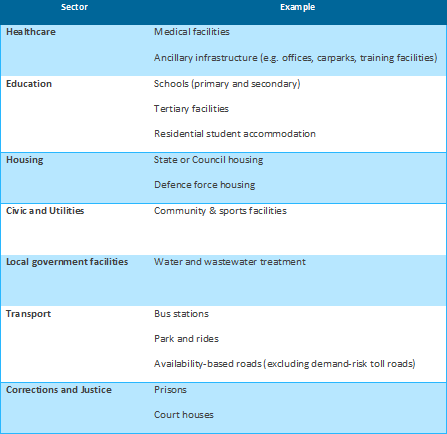By guest contributor Atchison Consultants
Infrastructure has become a hot topic in recent months. Ongoing conversations around the need for additional infrastructure to cope with expected demand from population growth and the change in lifestyle of the Australian population (for example internet and broadband requirements).
Infrastructure can be categorised into two subgroups:
Social infrastructure typically includes assets that accommodate social services that provided by governments. These assets are often run by a private operator on behalf of the government and typically include the following services.

Economic infrastructure supports economic activity and is often characterised by ‘user-pays’ or demand-based revenue streams (such as tolls on toll roads or landing fees for an airport). These assets are a medium for providing key services which enhance business productivity and enhance economic activity Examples of economic infrastructure include:
- rail infrastructure
- communication networks
- energy networks
- ports
- airports
- pipelines
- roads
- water supply
Infrastructure funding
Historically governments have been the primary financiers of infrastructure. Since the GFC, many governments, including Australia, have been running substantial fiscal deficits and to some extent have fragile balance sheets. Their ability to invest in public sector infrastructure has as a result generally been highly constrained.
Locally, the Federal Government has committed over $70 billion from 2013-14 to 2020-21 to transport infrastructure across Australia, using a combination of grant funding, loans and equity investments. The Government is further establishing a 10-year allocation for funding road and rail investments, recognising that many transformational projects are planned and built over many years, thus delivering $75 billion in infrastructure funding and financing from 2017-18 to 2026-27.
Whilst these commitments go some way to building the infrastructure required, it is still a long way off what some estimate as the right level of investment. Many argue that increased investment in infrastructure in Australia is long overdue. Infrastructure Partnerships Australia (a private-sector think tank) estimates that the level of infrastructure expenditure to the required level is $770 billion.
The mismatch between constrained Government infrastructure spending and the required level of infrastructure investment provides an opportunity for private investors to participate in this form of investment. Innovating financial approaches have encouraged private sector investment through approaches such as the Public Private Partnership models (National PPP Policy Framework endorsed in 2008). In line with the Framework, the Australian, State and Territory governments will consider a PPP for any project with a capital cost in excess of $A50 million.

